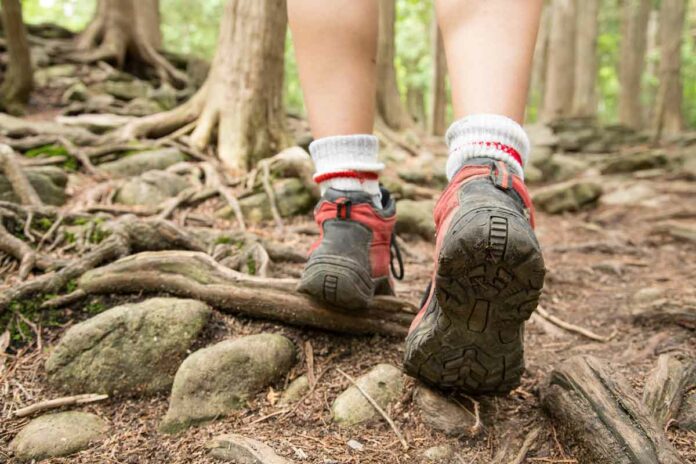A new study shows how anonymized GPS data from people’s smartphones can be used to monitor the public’s use of parks and other green spaces in urban areas. It will potentially inform their management. Alessandro Filazzola of ApexRMS and the University of Toronto, Mississauga, Canada, and colleagues will publish their findings in the open-access journal PLOS Computational Biology.
Parks and other green spaces in cities serve a variety of important functions. This includes the promotion of human physical and mental health, the preservation of ecosystem biodiversity, and the provision of services such as stormwater management and heat reduction. People’s interactions with green spaces influence these functions. But capturing human activity at a fine enough resolution to inform green space management is difficult. Anonymized GPS data from people’s smartphones could aid in addressing this issue.
Filazzola and colleagues examined anonymized smartphone data from people’s visits to 53 green spaces in the greater Toronto area of Canada. Scientists examined places like parks, trail systems and areas closed to the public for conservation purposes.
They discovered that GPS data did indeed capture insights about people’s use of these green spaces. It demonstrated that mobile device activity was strongly correlated with data on park reservations made by people. The data also revealed which areas of green spaces saw the most or least human activity. Higher human presence was linked to specific land cover types, such as rock formations and tree species.
These findings highlight the potential for anonymized GPS smartphone data to help inform green space management. Such efforts have the potential to maximize the benefits of green spaces for people while also preserving biodiversity.
The researchers point out several drawbacks to this approach. These include some people’s tendency to disconnect from mobile devices when visiting green spaces and the difficulty in distinguishing between a smartphone located within a green space and a car passing just outside the perimeter. Future research could address these concerns while also improving the methodology.
More information: Using smartphone-GPS data to quantify human activity in green spaces, PLoS Computational Biology (2022). DOI: 10.1371/journal.pcbi.1010725

